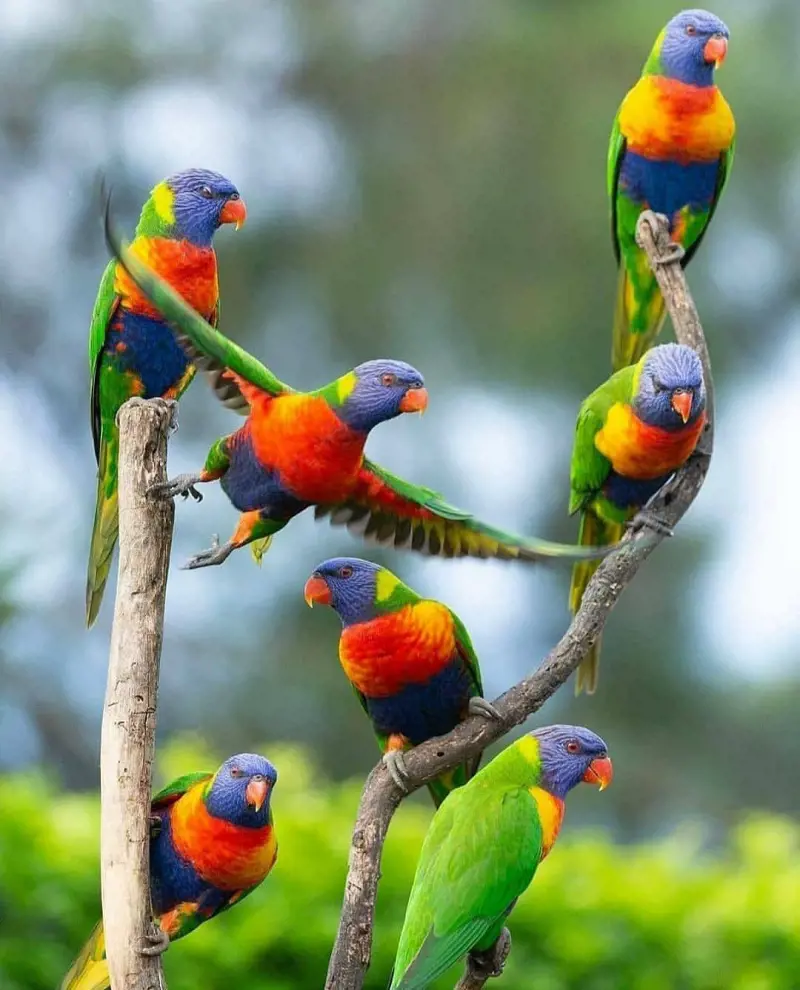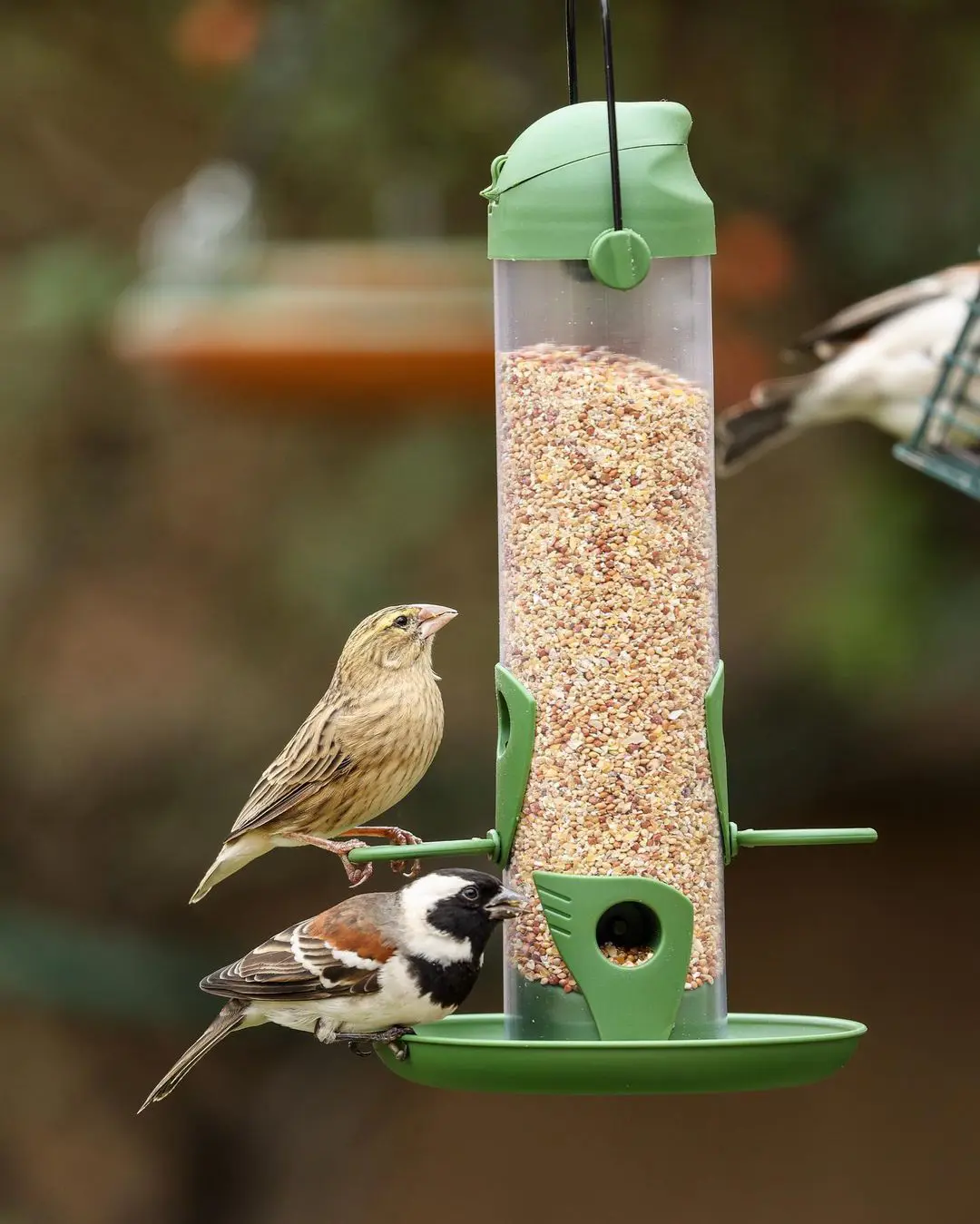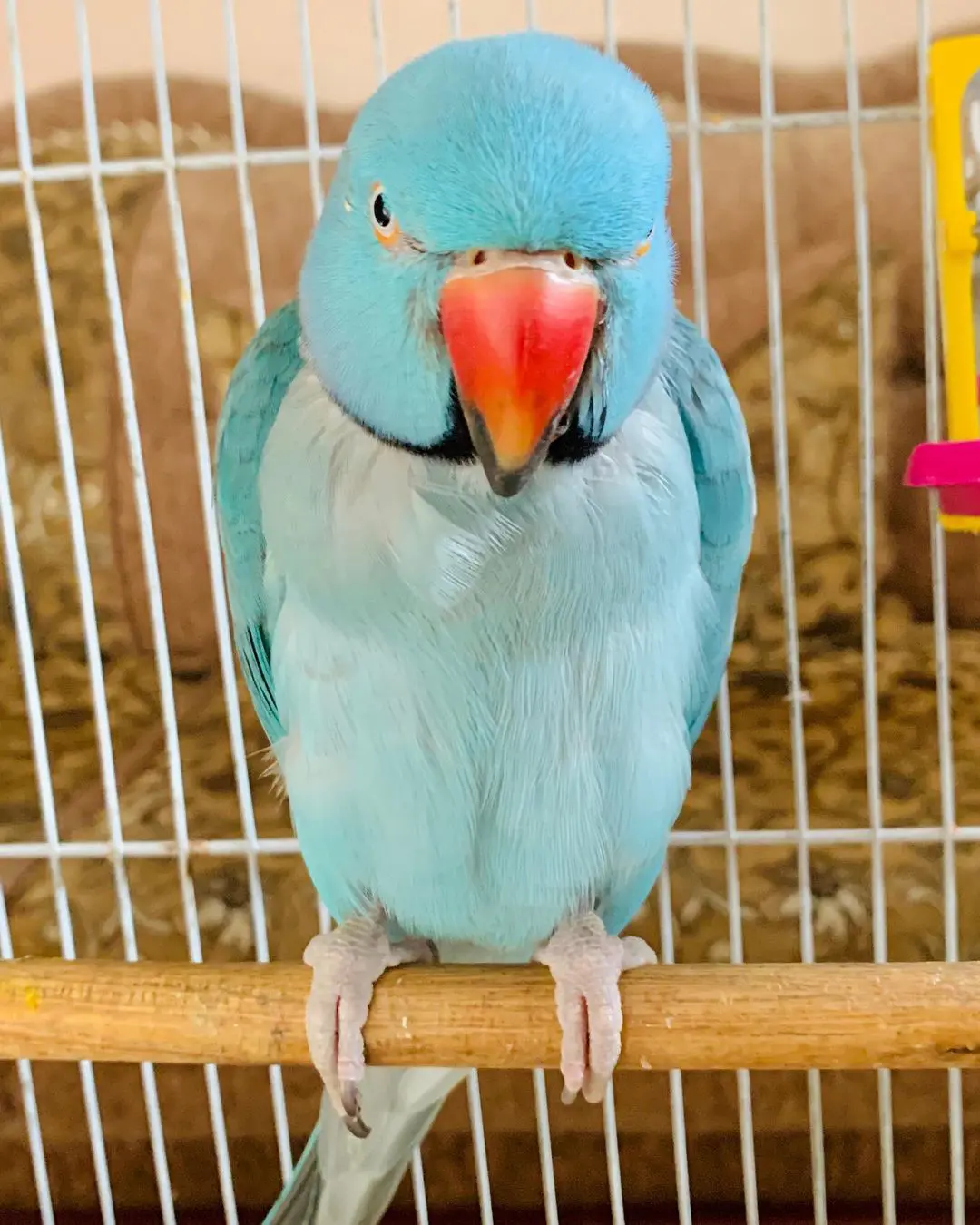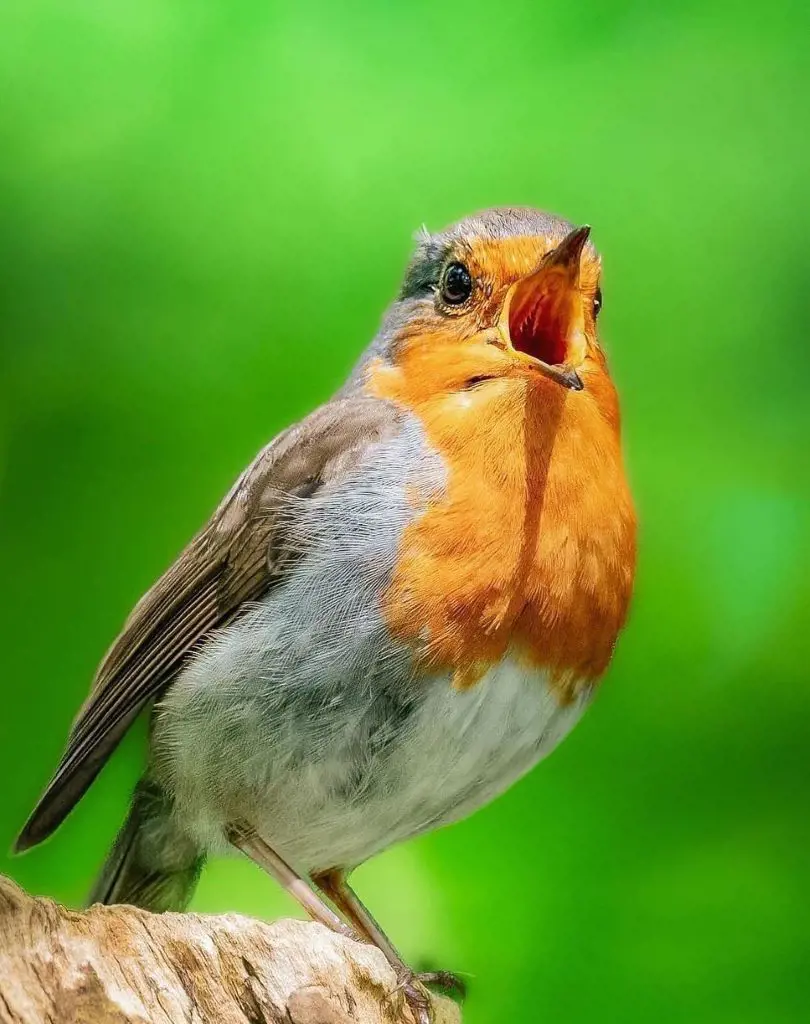Can Birds Smell or Taste Their Food? Bird Senses Explained
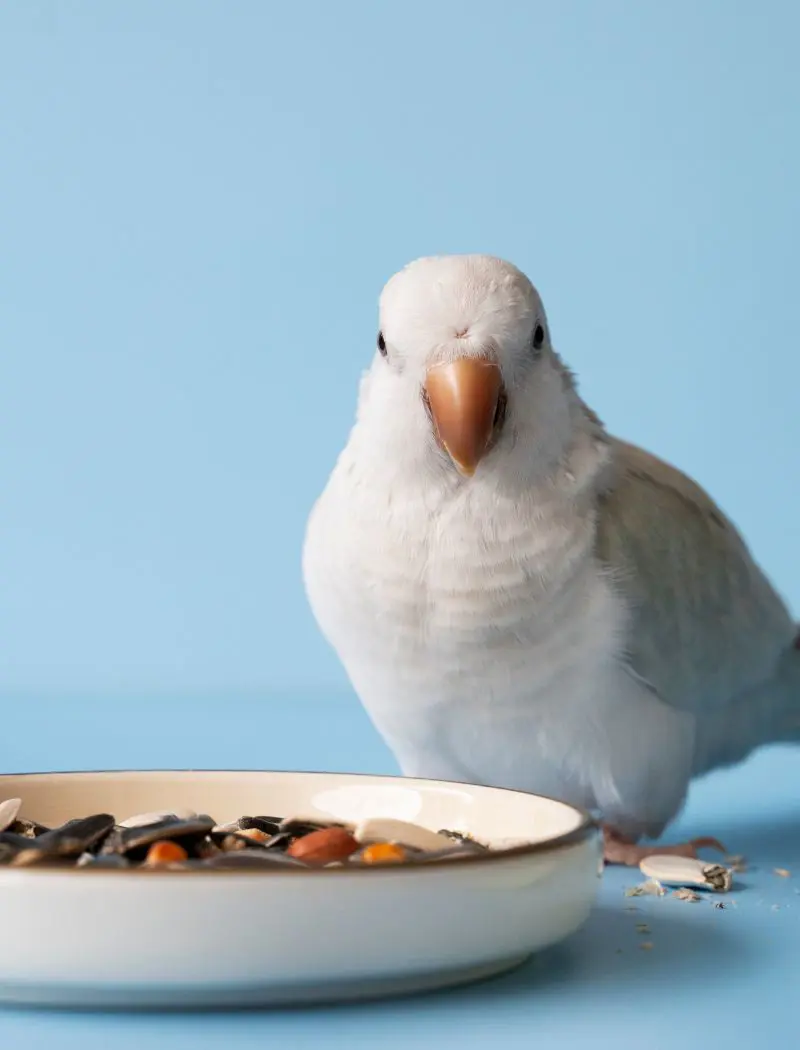
Birds are great creatures with special senses that help them live and withstand their surroundings. These senses help them find food, stay safe, and even navigate their environment and play a key role in how birds survive.
Their sharp vision and acute hearing are often celebrated but their senses of smell and taste in birds remain less understood but equally interesting. This article explores whether birds can truly smell or taste their food, how their senses work, and why they matter in their daily lives.
Understanding the Smelling Ability in Birds
The sense of smell in birds has long been a topic of curiosity and research. Many bird species possess a functional sense of smell, which they use for various important tasks. These strengths can vary widely between species, with some relying on it heavily, while others use it less frequently.
Birds like vultures and kiwis are known for their exceptional ability to detect smells, which helps them locate food or navigate their environment. They have a structure in their brains called the olfactory bulb, which processes smells. In species that depend more on their sense of smell, this structure is larger and more developed.
Some birds also use it to recognize their nests or locate specific plants for building materials. This also plays a role in identifying mates or avoiding predators in certain species.
How Birds Use Smell in Their Environment
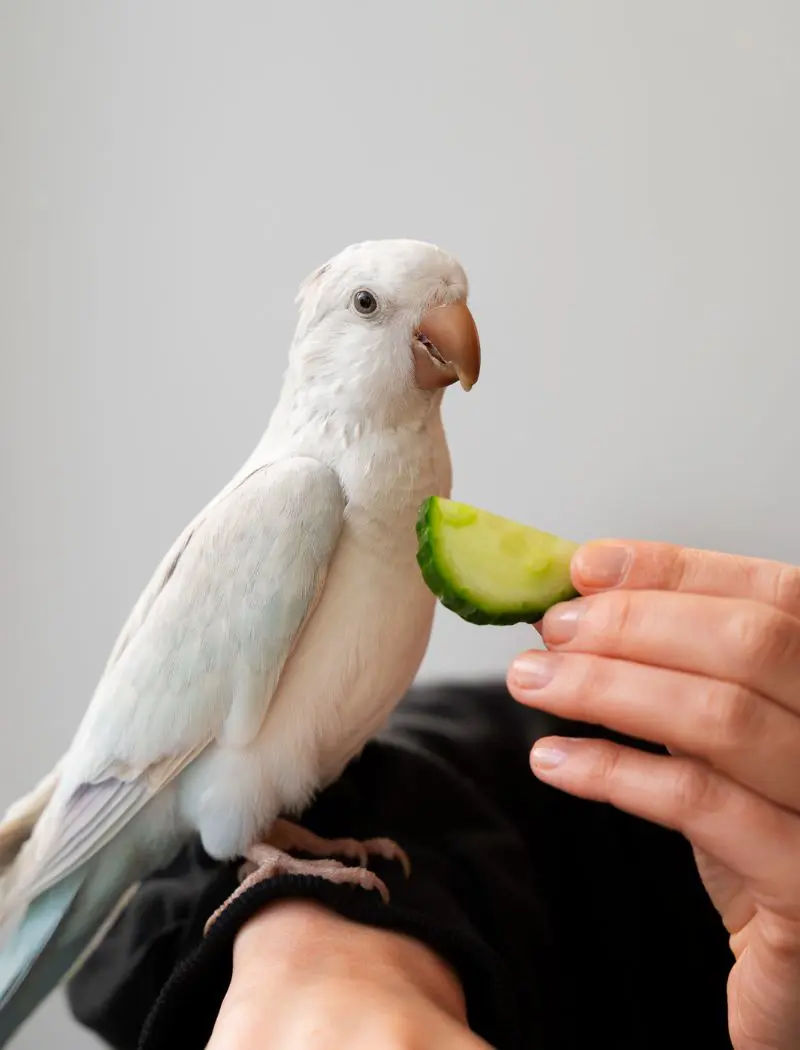
Birds use their sense of smell in interesting ways to interact with their environment, though the importance of these senses varies across species. Smell plays a vital role in some birds' locating food, navigating long distances, or even identifying their nests and young.
They rely on their sense of smell to find food as they can detect the scent of decaying animals from great distances, helping them locate meals in vast landscapes. The ability to smell food sources is especially important in environments where visual cues are limited, such as over the ocean or in dense forests.
Some are also known to use it for navigation. Homing pigeons are believed to use scent markers in the air to find their nest. Smell also helps in social behaviors, such as identifying mates or recognizing group members.
Role of the Beak in Taste Perception
The beak plays an essential role in how birds experience taste, as it serves as the primary tool for interacting with their food. Their taste buds are strategically located in the roof of their mouths, tongues, and sometimes in the upper part of their beaks.
Their beak is often specialized to suit their diet, which indirectly influences how they perceive taste. For example, birds like finches have strong, pointed beaks that allow them to crack open seeds and evaluate their taste before swallowing.
This close connection between the shape of the beak and dietary preferences highlights how taste perception is adapted to suit their feeding habits. They often use their beaks to explore and sample food before consuming, which is crucial for identifying foul flavors, which might indicate that the food is toxic or unsuitable.
Do Birds Have a Strong Tasting Ability?

Birds do not have as strong a sense of taste as humans or many other animals, but their ability to detect flavors is still significant for their survival. They have comparatively fewer taste buds that are located on their tongues and the roof of their mouths and help birds recognize basic flavors such as sweet, bitter, salty, and sour.
Their sense of taste may seem limited but it is well-suited to their needs and plays a vital role in guiding their food choices. The ability to differentiate between various tastes is useful for species that forage widely and encounter a variety of plant materials or insects.
Despite having fewer taste buds, birds’ sense of taste is finely tuned to their specific dietary needs, ensuring they can make safe and healthy food choices. This adaptive approach shows that while birds may not have a strong sense of taste in a human sense, it is perfectly designed for their survival and ecological roles.
Food Preferences and Bird Behavior
Food preferences in birds are closely linked to their behavior and environment, as their choices help them meet their nutritional needs while avoiding possible dangers. Birds rely on a combination of senses, including taste, to decide what to eat, and their preferences often reflect their dietary habits and the availability of food in their habitats.
Birds with specific diets often exhibit behaviors that reflect their food preferences. These behaviors highlight how food preferences are tied to a bird’s feeding methods and physical adaptations, such as the shape of their beaks or their ability to hover in place.
The Interaction Between Smell and Taste

The senses of smell and taste in birds work together to help them identify suitable foods and avoid harmful substances. Each sense has its own role but their interaction enhances a bird's ability to make better decisions about what to eat.
This combination is especially important for species that rely on their senses to find food in complex or challenging environments. The sense of smell also helps them detect food from a distance, especially in species like vultures and seabirds which help them locate the scent of decaying animals and guide them to a potential meal.
These smelling senses come into play and help them determine whether the food is safe or suitable for consumption. For species that depend on both senses, this interaction is vital for survival, ensuring they efficiently locate and evaluate their food sources.
How the Environment Shapes Smell and Taste
The environment plays a significant role in shaping birds' smell and taste abilities, as these senses are often adapted to meet the demands of their habitats and feeding behaviors. Birds living in diverse environments have evolved to use their sensory systems in ways that maximize their chances of survival and success.
Birds in environments with abundant but varied food sources may rely more on taste to make quick decisions about what is safe or nutritious. Fruit-eating birds in tropical forests can use their taste buds to select the sweetest product, which provides the most energy.
The environment also influences how these senses develop over time. Birds that inhabit areas with strong odors, such as wetlands or rotting vegetation, may have heightened olfactory abilities to distinguish specific smells. Meanwhile, birds in visually dominant environments, such as open grasslands, might prioritize sight over smell and taste.
Role of Smell and Taste in Migration

Most birds rely primarily on visual and magnetic cues for migration but smell also plays a significant role when navigating across unfamiliar landscapes or returning to specific locations. In some species, birds are believed to use olfactory cues to help them recognize geographic locations or key landmarks along their migratory routes.
They may use distinct smells from the ocean, mountains, or forests to help them navigate, especially when visual cues like the sun or stars are not visible. The smell can also assist birds in locating food sources or even nesting sites in unfamiliar regions, acting as a guide when they migrate to specific areas to breed.
Taste, while less prominent in migration, may play a role in selecting suitable food along the journey. While visual and magnetic navigation remains the primary method for most migrating birds, smell and taste highlight the complexity and adaptability of their migratory behavior.
Limitation Of Smell and Taste in Birds

Fewer Taste Buds
Birds have significantly fewer taste buds compared to mammals, which limits the range and sensitivity of their flavor recognition. This difference means birds rely less on taste when evaluating food and more on other senses like sight and smell.
The limited number of taste buds restricts birds from detecting basic tastes. This simplicity suffices for their survival needs, helping them identify energy-rich foods like sweet fruits or avoid potentially toxic items with a bitter flavor. However, they may not experience nuanced flavors or subtle variations in taste as mammals do.
Varied Reliance on Smell

Birds exhibit varied reliance on their sense of smell, depending on their species, environment, and feeding habits. While some birds have highly developed olfactory systems, others rely more on their vision or hearing, making their use of smell less prominent.
This variation highlights birds' adaptability to their ecological niches and their specific challenges in locating food or navigating their surroundings. Species like vultures and seabirds have a strong reliance on smell. Many songbirds and raptors exhibit a weaker reliance on smell, instead prioritizing their vision to find prey or food.
This carried reliance demonstrates how their smelling abilities are tailored to their specific needs.
Behavioral Trade-Offs
Behavioral trade-offs in birds refer to the compromises they make between using different senses or abilities to adapt to specific challenges in their environments. These trade-offs arise because prioritizing one behavior or sensory skill often comes at the cost of reduced reliance on another.
For example, birds with highly developed senses of smell like vultures rely heavily on smell to locate food but might limit their need for keen vision when hunting. Behavioral trade-offs extend to other survival strategies as well.
Migratory birds may prioritize smell for navigation during long journeys, using olfactory cues to identify familiar landscapes or nesting sites. In doing so, they may rely less on immediate food-taste evaluation compared to non-migratory birds that need to quickly assess local food quality.
Environmental Constraints

Environmental constraints significantly influence how birds use their senses of smell and taste, often limiting their effectiveness in various habitats. In areas with overwhelming or mixed scents, birds may struggle to isolate specific odors, making it harder for them to locate meals.
In dense habitats like forests or jungles, limited visibility forces birds to rely more heavily on their smell and taste. Weather and climate conditions further complicate the use of smell and taste as wind can disperse scents over large areas, reducing their concentration.
Human activities like pollution introduce artificial smells and changes in food resources, further limiting their sensory abilities. Urban birds often face challenges distinguishing between natural and artificial food sources, encountering chemically treated items or unfamiliar scents that may confuse their foraging behavior.
Adaptation for Specialized Diets
Birds with specialized diets have developed unique adaptations in their sense of smell and taste to suit their food needs. These adaptations ensure that they can efficiently locate and consume the food sources that are essential.
Hummingbirds have a heightened sensitivity to sweetness, which helps them identify flowers that are rich in sweet flavor. Their sense of taste is finely tuned to detect the sugar content in flowers, guiding them to the best food sources while avoiding flowers with less nectar.
While adaptations for specialized diets help birds efficiently find and consume their preferred food sources, they can also present limitations. These specialized senses can restrict a bird's ability to thrive in environments where their preferred food sources are scarce or unavailable.
Top Lists

